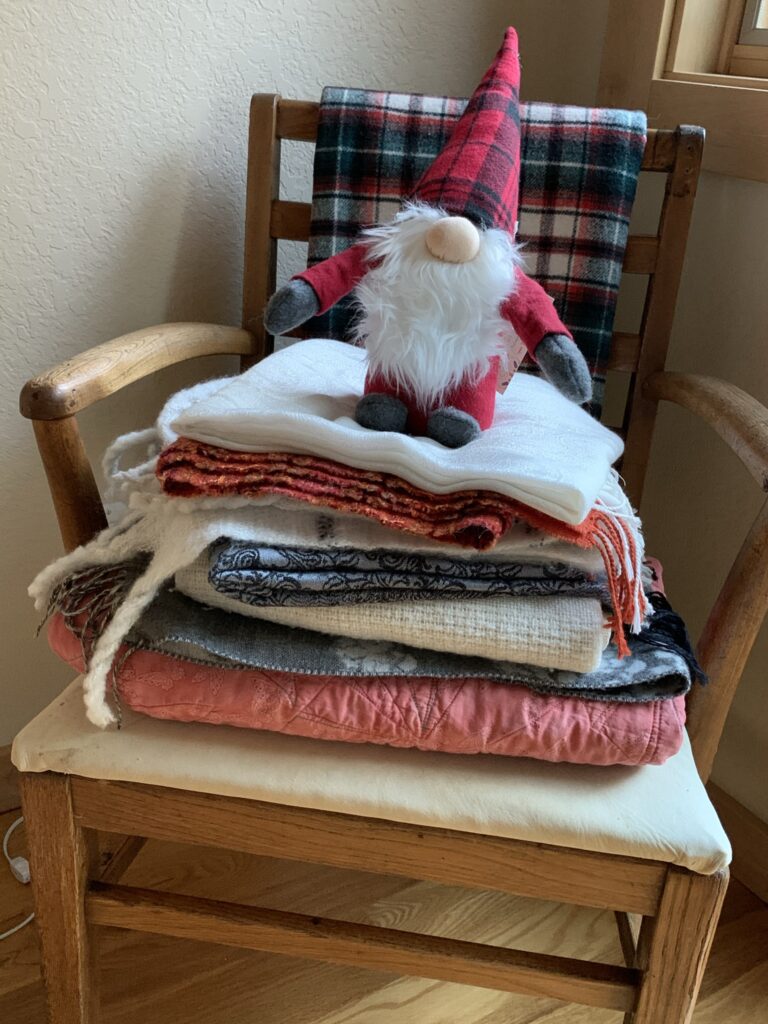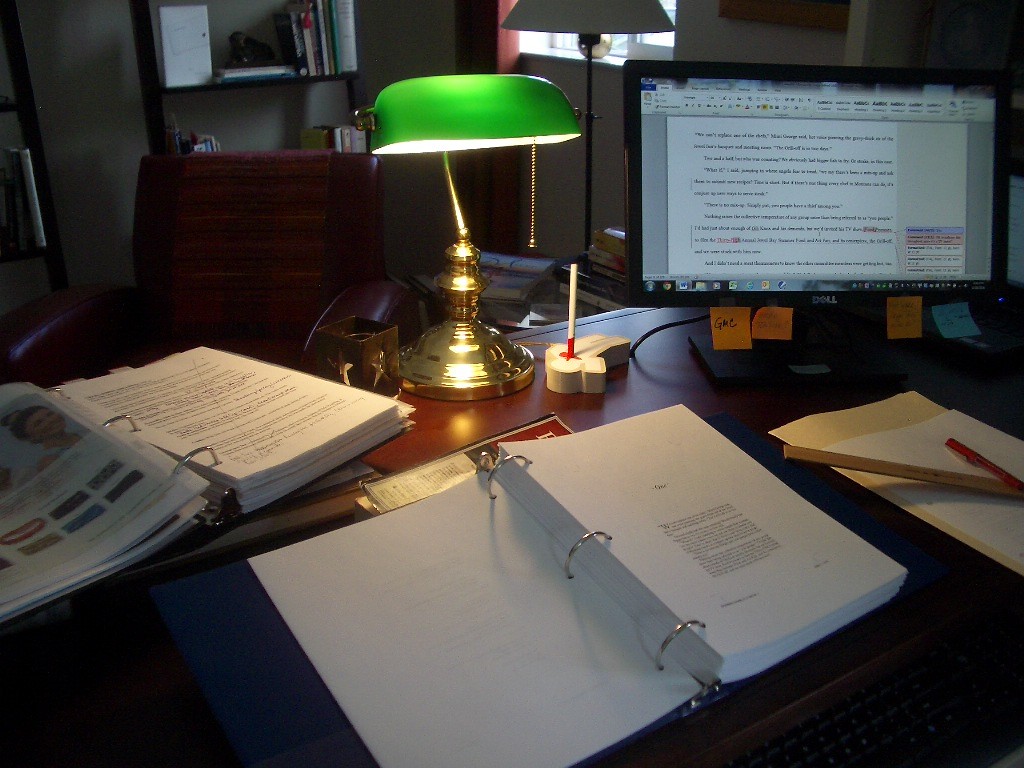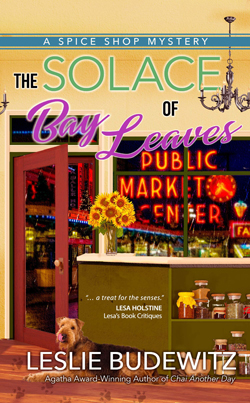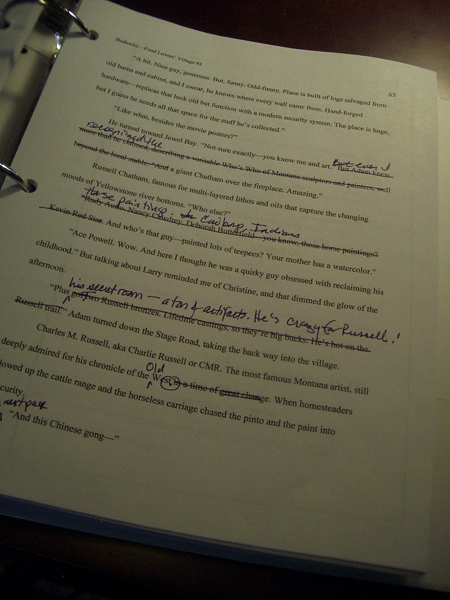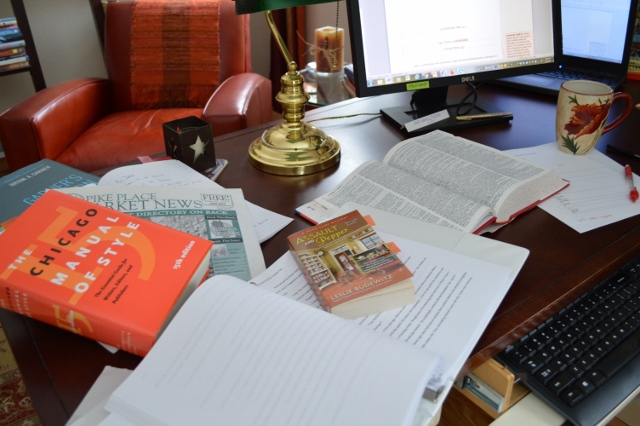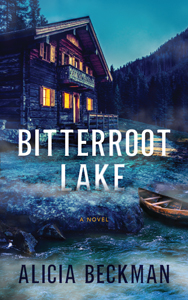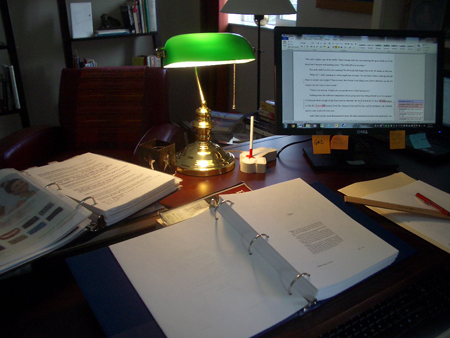I’m just starting a new project and with it, the book journal. It’s an idea that was new to me when I first heard the late Sue Grafton talk about it, lo these many years, and it was, as many things about writing were to me then, A Revelation.
She described it simply: Create a journal document on your computer for each project. (Mine is called Notes, or Notes + some descriptive word from the title, e.g., Notes Spice #6.) Open each session with that document. Date the entry and jot a line or two about what’s going on in your life. Then, use this place to capture ideas, story questions, worries, research to be done later. I often add my goals for the writing session.
Here are a couple of typical entries, from The Solace of Bay Leaves:
“Tues 7/16 Not quite awake yet, but I can’t get on line, so – to the page! When last we saw our faithful but worried scribe at her desk pondering this ms., she was struggling. Looking for the joy in the writing process, but bogged down by worry and fear, and uncertain where this ms would go. Picture in the corner, a leeetle beety creature – or maybe an angel descending on a spider’s thread, to tell her: It’s all part of the process. Doubt and fear? Let them go. The unknowing? Know that it will resolve itself ON THE PAGE. Each book teaches you how to write THAT BOOK. GO LEARN!
Today’s goal: Cruise. Get to the end of what’s already written. Don’t try to Fix Everything.
What a struggle. But think how proud I’ll feel when I pull it off!
Can I really name a woman Kimberly Clark and get away with it??? (In a story sense, not a legal sense.) Yes, though I might want to reconsider if she turns out to be the killer.”
“Fri 7/26 Did a short stint Wed before we headed to Missoula, then in the car, I realized I DON’T NEED THE SOCCER MOM story line and the whole thing will be much better. Instead of trying to cram a problematic story line in, GET RID OF IT! And follow the Maddie-Pepper thread, wherever IT goes.
Maybe it was Maddie who Pat stayed home to meet – a secret meeting to work out a compromise? Wouldn’t he have made notes? Maybe she took them.
Deanna as killer? I wanted a man…
And what about ghost signs?
WHAT IF – an old bldg had been torn down in the 1970s and replaced with an icky one; now it was going to be replaced again and the neighborhood wanted it to fit in better…
A new theme is emerging: A not-so-perfect Maddie.”
Grafton often told a story on herself that illustrated the usefulness of her book journal. She got to a particular point in that year’s book when she was sure she couldn’t pull it off. She told her husband, who said “you said that last year at this point.” “Well, maybe, but this not time. This might be the time when I really can’t figure it out.” “You said that last year, too.” And when she opened the previous year’s book journal, by golly, he was right. She laughed at herself, got back to work, and with the help of her book journal, pulled it off.
So did I. You can, too.

